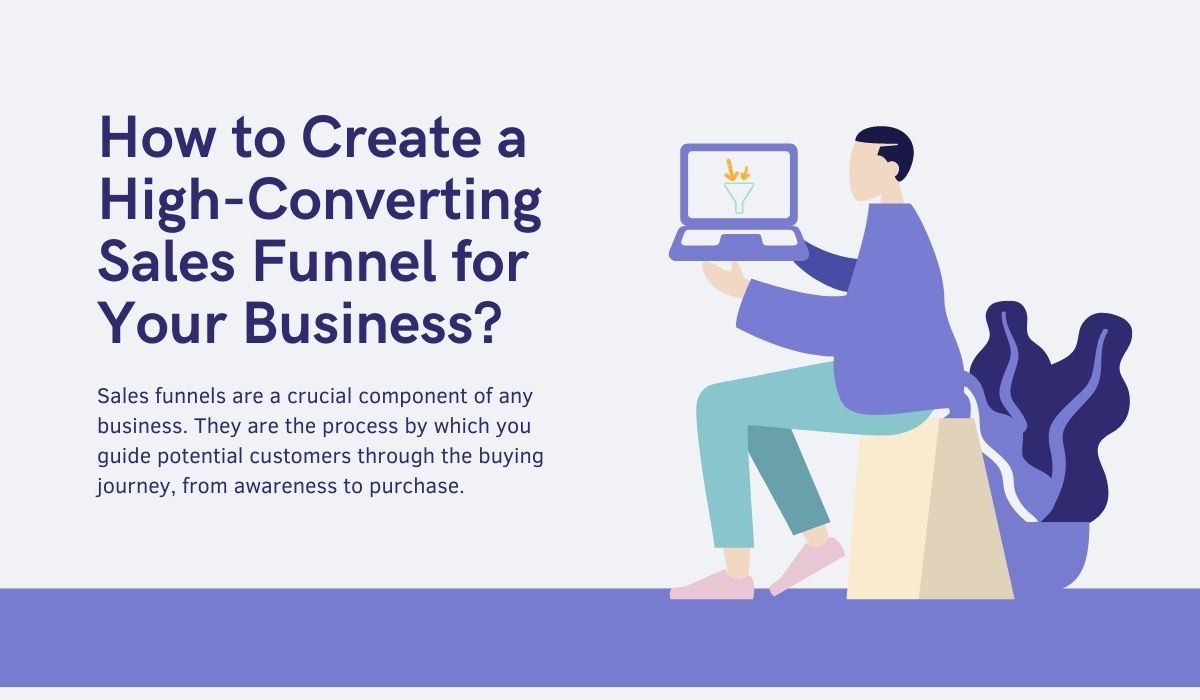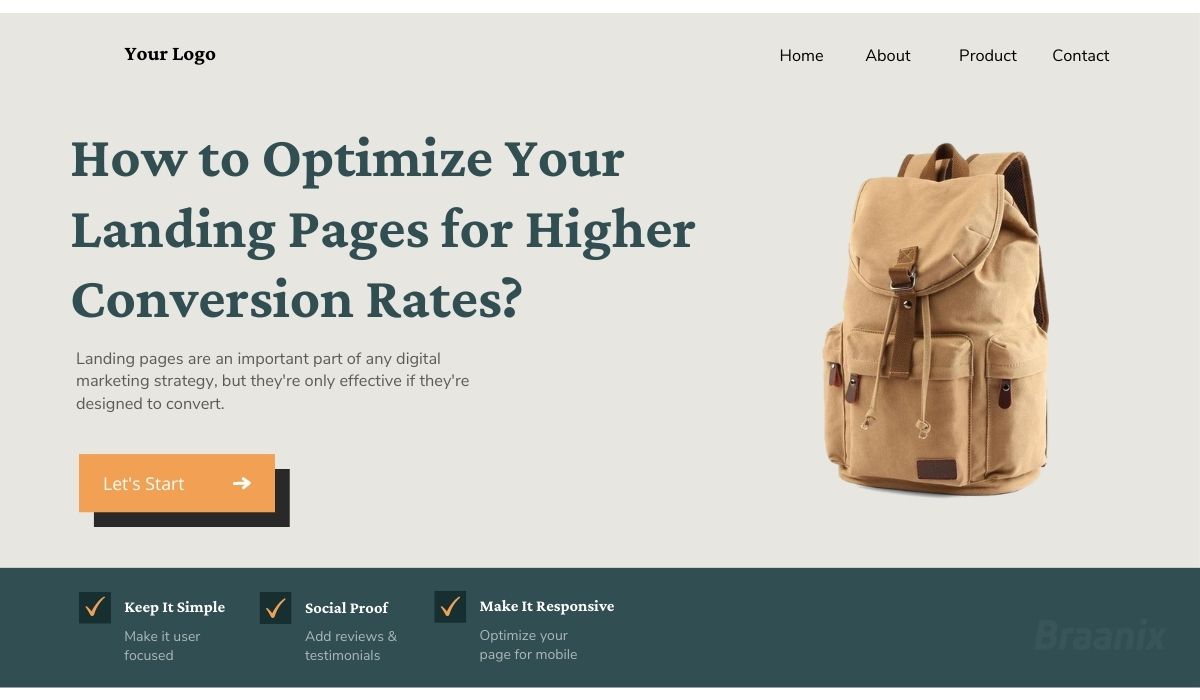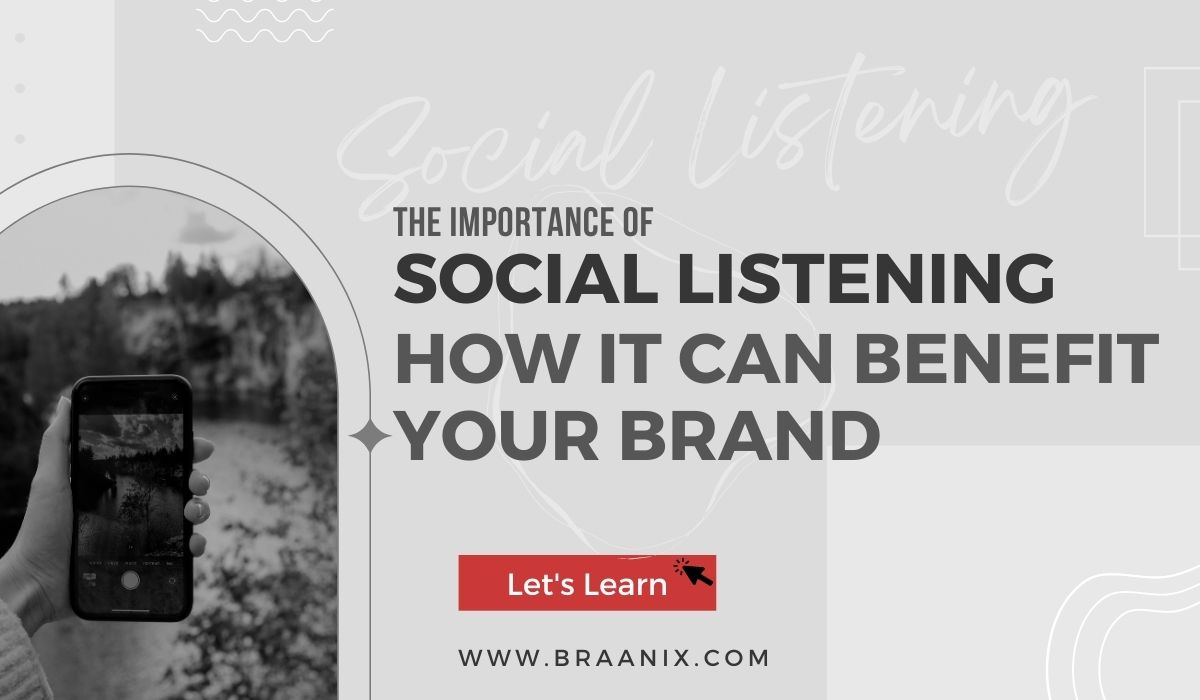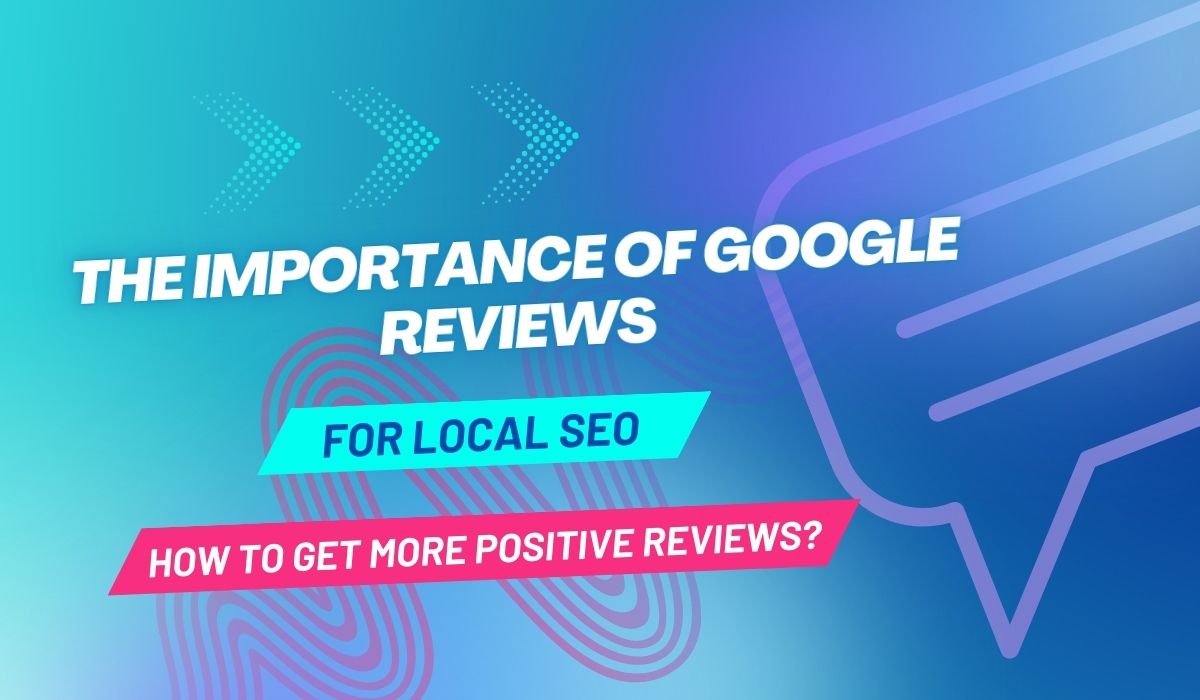Sales funnels are a crucial component of any business. They are the process by which you guide potential customers through the buying journey, from awareness to purchase. A high-converting sales funnel can significantly improve your business’s bottom line. In this blog post, we will discuss how to create a high-converting sales funnel for your business.
Step 1: Define Your Target Audience
The first step in creating a high-converting sales funnel is to define your target audience. You need to know who your ideal customer is, their pain points, and their buying habits. This information will help you create targeted marketing messages that resonate with your audience.
Step 2: Create a Lead Magnet
A lead magnet is a valuable offer that entices potential customers to give you their contact information. It could be an e-book, a video course, or a free trial of your product or service. The lead magnet should be something that your target audience finds valuable enough to exchange their contact information for.
Step 3: Create a Landing Page
A landing page is where you send potential customers after they click on your lead magnet offer. The landing page should be designed to convert visitors into leads by highlighting the benefits of your lead magnet and making it easy for visitors to opt-in.
Step 4: Nurture Your Leads with Email Marketing
Once you have collected leads, you need to nurture them through email marketing. Send them a series of emails that provide value and educate them about your product or service. You can also segment your email list based on their interests or behavior to provide a more personalized experience.
Step 5: Offer a Tripwire
A tripwire is a low-priced offer that is designed to convert leads into customers. It could be a discount on your product or service, a limited-time offer, or an add-on to your lead magnet. The tripwire should be low-risk and provide enough value to entice leads to make their first purchase.
Step 6: Upsell and Cross-Sell
Once a customer has made their first purchase, you can upsell and cross-sell them on additional products or services. This could be a higher-priced version of your initial offer, an add-on product or service, or a complementary product or service.
Step 7: Retarget Your Customers
Retargeting is the process of advertising to customers who have already interacted with your brand. You can retarget customers who have abandoned their cart, visited your website but didn’t make a purchase, or have already made a purchase. Retargeting can be done through social media advertising, email marketing, or display advertising.
Conclusion
Creating a high-converting sales funnel takes time and effort, but the benefits are worth it. By defining your target audience, creating a lead magnet, designing a landing page, nurturing leads through email marketing, offering a tripwire, upselling and cross-selling, and retargeting your customers, you can significantly improve your business’s bottom line. Keep in mind that a successful sales funnel is an ongoing process that requires constant testing and optimization.





